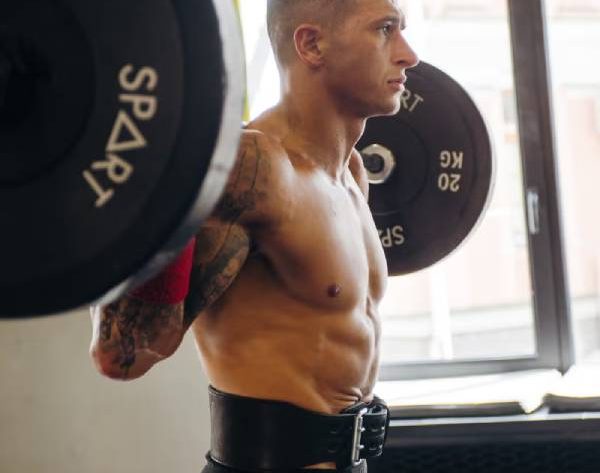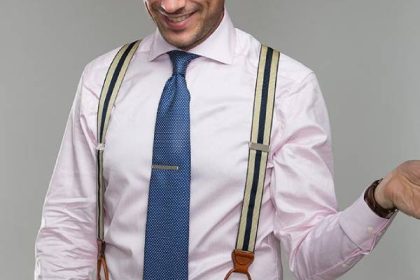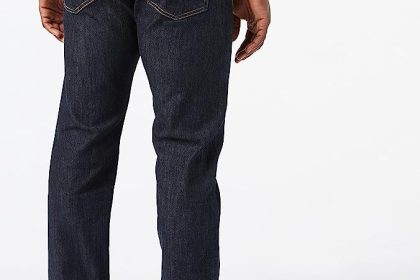Wearing a lifting belt properly can enhance your performance. It offers support to your lower back during heavy lifts. This article delves into the essentials of how to wear lifting belt effectively.
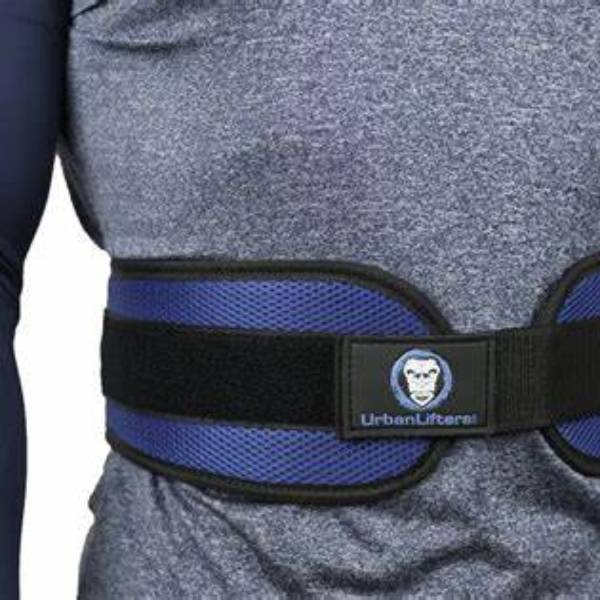
Understanding the Purpose of a Lifting Belt
The Purpose of a Lifting Belt
A lifting belt serves multiple functions during weightlifting. First, it stabilizes your core, which is essential for heavy lifts. When you wear a belt, it helps maintain intra-abdominal pressure. This pressure supports your spine, reducing stress on your lower back. Consequently, you can lift more weight safely and effectively.
Additionally, the belt reinforces proper lifting form. It encourages you to keep your back straight while engaging your legs. As a result, it minimizes the risk of injuries. A lifting belt is particularly useful in exercises like squats and deadlifts. These movements place considerable strain on your core and spine. Therefore, using a belt during these lifts becomes increasingly important.
How to Wear a Lifting Belt
Properly wearing a lifting belt maximizes its benefits. First, adjust the belt to your waist, ensuring a snug fit. You want it tight but not so tight that it restricts breathing. Place the belt just above your hip bones for optimal support. When you prepare for a lift, engage your core muscles. Take a deep breath and push your abdomen against the belt. This action increases intra-abdominal pressure and enhances stability.
During the lift, maintain tension on the belt for maximum effectiveness. Avoid loosening it between reps, as consistent pressure offers better support. After finishing your workout, remove the belt to allow your core to recover. Frequent use helps you develop your core strength naturally over time. Thus, a lifting belt can be an excellent tool for serious lifters. By using it correctly, you enhance your performance while reducing injury risk.
Choosing the Right Size for Your Lifting Belt
Selecting the right lifting belt begins with finding the appropriate size. First, measure your waist accurately to ensure a proper fit. Visit a store where you can try on various belts, as this allows for a better understanding of comfort and support. When trying on a belt, check how it feels when you move. A belt that is too tight can restrict your natural movement, making it difficult to lift weights safely. Conversely, a belt that is too loose may not provide the stability you require. Therefore, aim for a snug fit that allows for some flexibility while still offering adequate support.
Using the Sizing Charts
Most lifting belts come with sizing charts to guide your selection. Use these charts in conjunction with your measurements to find the best fit. Compare your waist size with the listed sizes to determine the right option. Additionally, consider the type of lifting you plan to do, as this can influence your choice of belt.
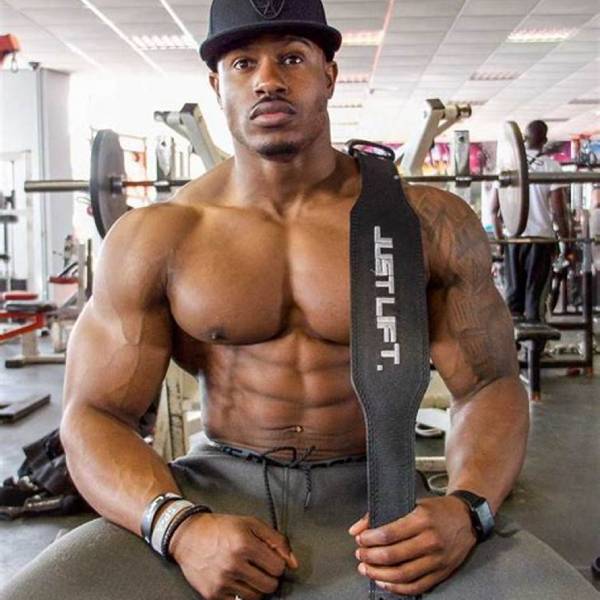
For instance, heavier lifts might require a stiffer, more supportive belt. Once you have selected a size, try the belt on again during dynamic movements. Ensure that it remains secure and comfortable throughout your exercises. A well-fitted belt should enhance your performance and prevent injuries by supporting your core. Always prioritize comfort and support over style when choosing a lifting belt. This focus will help you lift more effectively while keeping your body safe and secure. Finding the perfect lifting belt makes a significant difference in your workout routine.
Correct Positioning of the Lifting Belt
To wear a lifting belt correctly, you need to position it properly. Begin by placing the belt around your waist with the buckle facing the front. This way, you can easily adjust it during your workout. The belt should sit just above your hips. It needs to remain below your rib cage to provide adequate support. By ensuring it covers your belly button area, you enhance stability and safety while lifting. You will also prevent unnecessary movement, which could lead to injury.
Ensuring Maximum Support
Once the belt is positioned correctly, tighten it to your comfort level. You want the belt snug but not too tight that it restricts your breathing. A properly fitting belt allows for better lifting mechanics. As you perform your lifts, focus on maintaining good form. The belt acts as a stabilizer for your core and back.

Additionally, remember to adjust the belt between sets if necessary. This ensures constant support throughout your workout. Always prioritize safety and effectiveness during lifting sessions. By following these guidelines, you position yourself for better lifting outcomes. Consistent use of the belt also helps you develop a habit that enhances performance. A lifting belt can significantly contribute to your overall strength training regimen.
Securing the Lifting Belt
Secure your belt snugly around your waist while ensuring comfort. You should feel adequate support without hindering your ability to breathe. When you fasten the belt, check that it is even on both sides. An uneven belt can create unnecessary pressure or discomfort. Always adjust the tightness to achieve a good balance. If the belt feels too tight, loosen it slightly; if it feels too loose, tighten it. Your comfort remains essential for effective performance.
Enhancing Performance with the Belt
Remember that a belt should enhance your performance rather than restrict it. It acts as a supportive tool during heavy lifts, allowing you to focus better. When you lift, the belt helps stabilize your core and reminds you to maintain proper posture. This added support can prevent injuries and improve your lifting technique. With practice, you will learn how tight the belt should be for different exercises. Pay attention to your body as you adjust it for each lift. A well-fitted belt can boost your confidence and allow you to push your limits.
Ultimately, the goal is to find the balance between support and comfort. A properly adjusted belt will lead to better performance in the gym. Keep these tips in mind as you prepare for your workouts. You will soon realize how crucial the right belt adjustment is for achieving your lifting goals. Embrace the support while ensuring you can breathe and move freely. With time and practice, wearing a belt will become second nature. Adjust it correctly, and you will see the benefits during your workout sessions.
Timing Your Use of the Lifting Belt
Knowing how to wear lifting belt also involves knowing when to wear it. Only use the belt for heavy lifts or when pushing your limits. For lighter exercises, it’s better to lift without the belt. This allows your core muscles to engage and strengthen naturally. Over-relying on a belt can weaken your core over time. Using a black baseball belt can provide support during intense workouts, but remember to strengthen your core by lifting without it for lighter exercises.
Integrating the Lifting Belt Into Your Routine
Learning how to wear lifting belt means integrating it into your workout routine effectively. Start with basic lifts, gradually introducing the belt as your weights increase. Consider specific workouts where a belt can be beneficial. For instance, squats and deadlifts are prime candidates for wearing a lifting belt. Track your progress and adjust your belt’s usage accordingly. Incorporating a battle belt into your training can enhance stability and support during heavy lifts, similar to how a lifting belt aids in squats and deadlifts.
Maintenance and Care for Your Lifting Belt
Finally, understanding how to wear lifting belt extends to caring for it. Regularly check for any signs of wear and tear. Clean your belt after use to maintain its materials. Most belts can be wiped down with a damp cloth. Avoid using harsh chemicals that may damage the belt. Proper maintenance extends the lifespan of your lifting belt. Just like a lifting belt, a men’s suede belt requires regular care and maintenance to ensure durability and keep it looking its best.
Conclusion: Mastering How to Wear Lifting Belt for Enhanced Performance
Wrapping up, mastering how to wear lifting belt is essential for any serious lifter. From understanding its purpose to ensuring the right fit, proper usage is key. Remember the importance of timing and integrating it into your routine. Finally, take care of your lifting belt to maximize its benefits. With these tips, you can lift safely and effectively while enhancing your performance.
